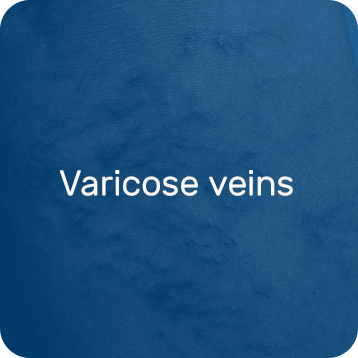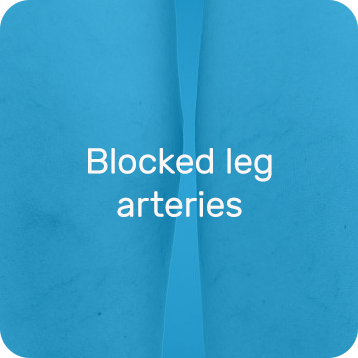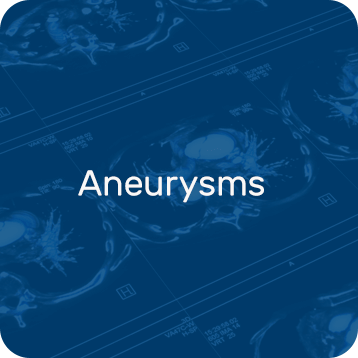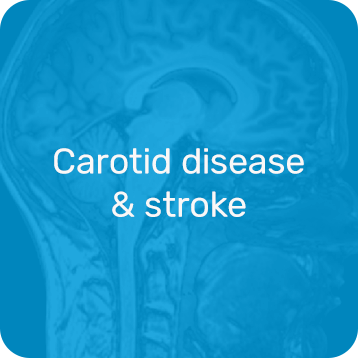The Difference Between Varicose and Spider Veins
Varicose and spider veins are an extremely common condition that affects more than 50% of adults, more commonly women. Varicose veins are bulgy, sometimes blueish veins under the surface of the skin that usually develop on the legs. Spider veins are smaller, red, purple and blue veins that also twist and turn, which typically present on the legs or face and are often a flow on effect of varicose veins.
Causes of Varicose and Spider Veins
The veins in our bodies carry deoxygenated blood back to our hearts. The veins have a series of one-way valves to prevent blood from flowing backwards, however sometimes these valves fail which can cause the pressure in the veins to rise resulting in varicose veins. There are a number of factors that can predispose someone to varicose veins, which include:
- Heredity
- Occupations that involve a lot of standing, such as nurses, hair stylists, teachers, and retail workers
- Obesity
- Hormonal influences of pregnancy, puberty, and menopause
- The use of birth control pills
- Postmenopausal hormonal replacement
- A history of blood clots
- Conditions that cause increased pressure in the abdomen, such as constipation, and externally worn garments like girdles.
Sometimes the abnormally high pressure in varicose veins can spread to the tiny blood vessels in the skin layer, causing them to spread out like tree branches or spider webs, which is where “spider veins” get their name. They are also sometimes called broken capillaries or thread veins.
Symptoms of Varicose Veins
People who suffer from varicose veins often describe cramping and aching in their legs. Other symptoms include tiredness, restlessness, burning, throbbing, tingling, or heaviness in the legs. Less common symptoms are swelling, eczema, ulcers and a darkening of the skin, especially in the ankle region. Women also may notice a worsening of their symptoms during certain parts of the menstrual cycle or during pregnancy.
Treatment Options for Varicose and Spider Veins
People often feel the need to treat varicose and spider veins due to their appearance, however if left untreated, varicose and spider veins can cause serious health problems and as such it is important to seek medical advice on the best treatment option for you. Some of these options include:
- Support Stockings – The use of support stockings is the most conservative way to treat varicose veins. These can usually be purchased at pharmacies and medical supply stores in a range of different lengths. These should be worn everyday to be effective.
- Lifestyle Changes – If obesity has been identified as the cause of a person’s varicose veins, then losing weight and walking can help to manage varicose veins.
- Sclerotherapy – This procedure uses a highly concentrated saline solution or a specially made detergent that is injected directly into the vein, causing the vein to disappear gradually over several weeks. The procedure is simple, relatively inexpensive, and is performed in an outpatient setting.
- Endovenous Ablation – Also referred to as laser or radiofrequency ablation, this treatment involves a small laser fibre or radiofrequency catheter being inserted into the vein. A dilute local anaesthetic solution is then injected around the outside the vein, compressing it against the fibre. The vein is then heated from the inside causing it to seal. It can be performed as either an outpatient, or as a day surgery procedure if phlebectomies are also required.
- VenaSeal – This treatment involves the sealing of the main defective vein with a medical glue called VenaSeal. Once the vein has been sealed it is eventually absorbed by the body. This procedure is minimally invasive requiring only a tiny amount of local anaesthetic, and most patients do not need to wear compression stockings after the procedure (these are required for a period of time after other vein treatments). This has been around for a number of years, but has only recently been listed on the Medicare Benefits Schedule making it more affordable than ever. This is performed as an outpatient, with no need for sedation or general anaesthetic.
- Phlebectomy – A phlebectomy is a minimally invasive procedure that uses a small hook to remove large varicose veins that lie just beneath the skin’s surface. This can be performed as an outpatient, or alternatively as a day surgery procedure if there are many veins that need treatment.
The treatment options will vary depending on the individual, however most people are recommended a combination of treatment options to achieve the best results. At Sunshine Coast Vascular, Dr Rebecca Magee has a special interest in minimally invasive treatment for varicose veins offering a full suite of options to suit your needs.
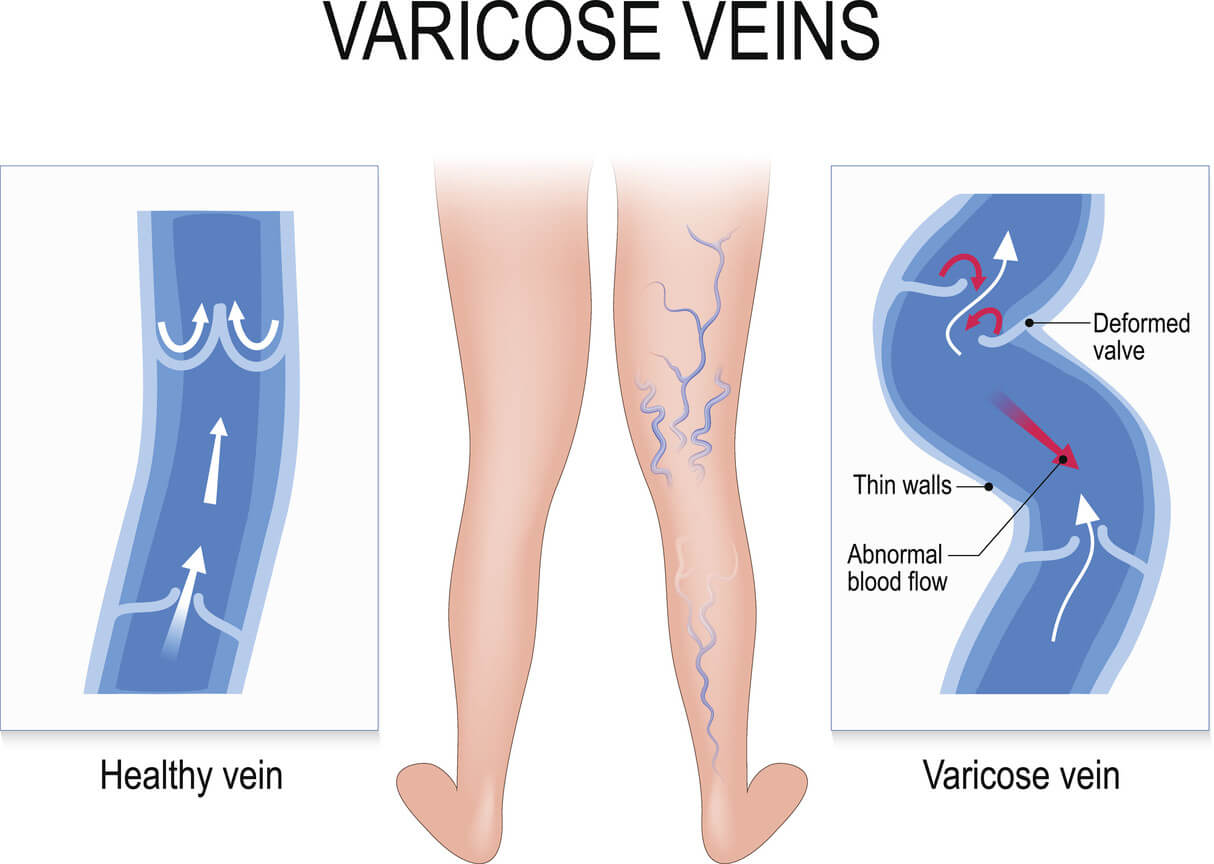
Treatments offered
Sunshine Coast varicose vein treatments include:
- Endovenous ablation (“laser” / radiofrequency ablation)
- Venaseal “glue”
- Ultrasound guided sclerotherapy
- Microsclerotherapy
- Phlebectomies (also known as avulsions)
- Pelvic embolization and sclerotherapy
- Compression therapy

